Walking the Dingle Way: Nature, Culture, and Soul on Ireland’s Most Magical Trail
Walking the Dingle Way: Nature, Culture, and Soul on Ireland’s Most Magical Trail The Dingle Way is one of Ireland’s...
Anriasc Bed & Breakfast and Farmhouse
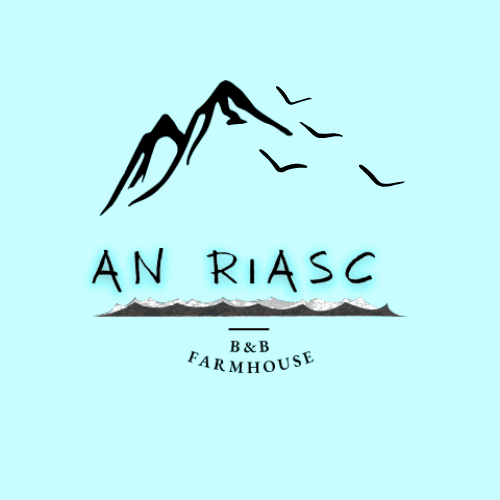
Anriasc Bed & Breakfast and Farmhouse

The Dingle Way is one of Ireland’s most iconic coastal trails, loved by hikers, pilgrims, and nature lovers. From dramatic cliffs to ancient ruins and Gaeltacht villages, every step on this 179 km loop is a journey through wild beauty and deep heritage.
Whether you walk for a few hours or commit to the full circuit, this unique path invites you to slow down, reconnect with nature, and experience Ireland in its most sacred and untamed form.
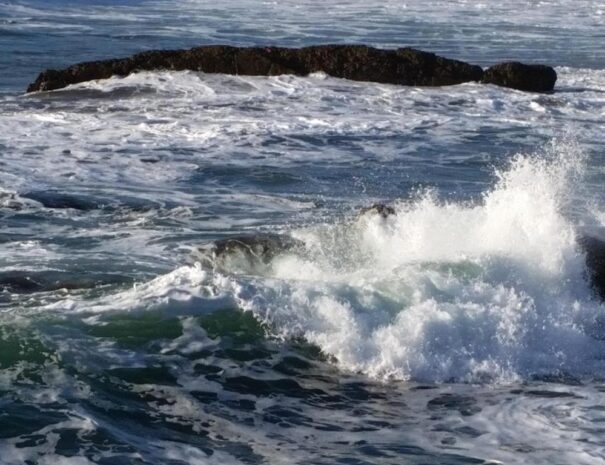
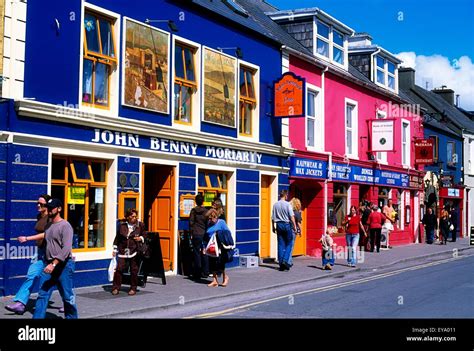
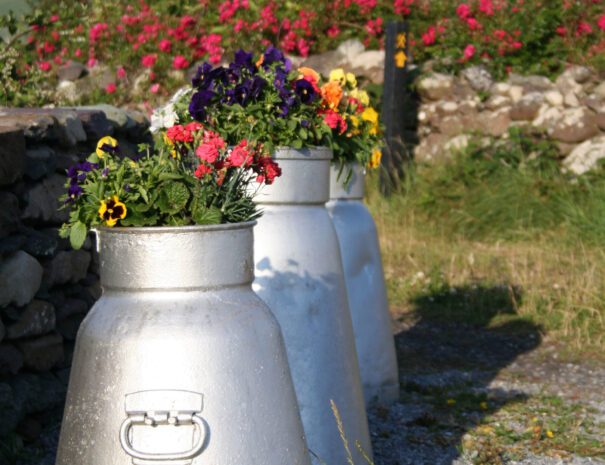
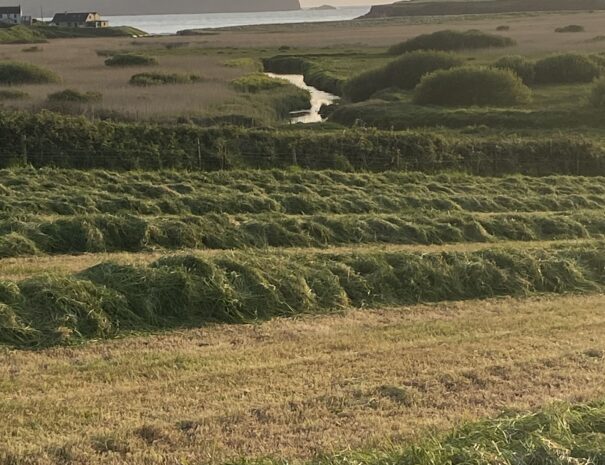
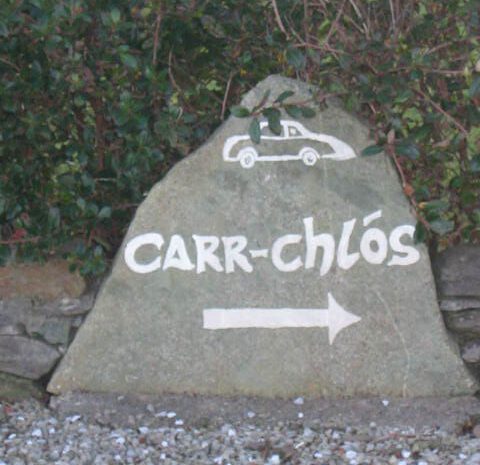
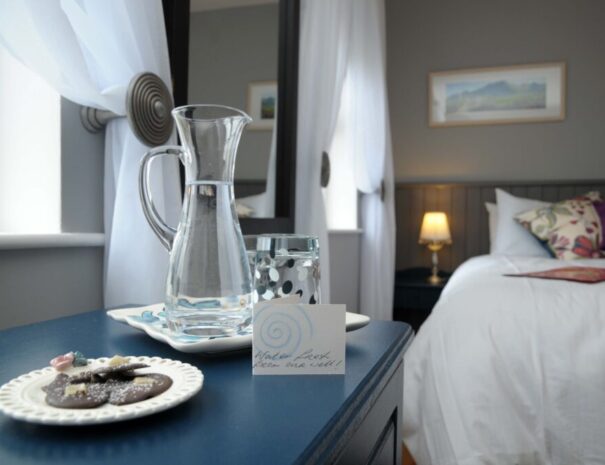
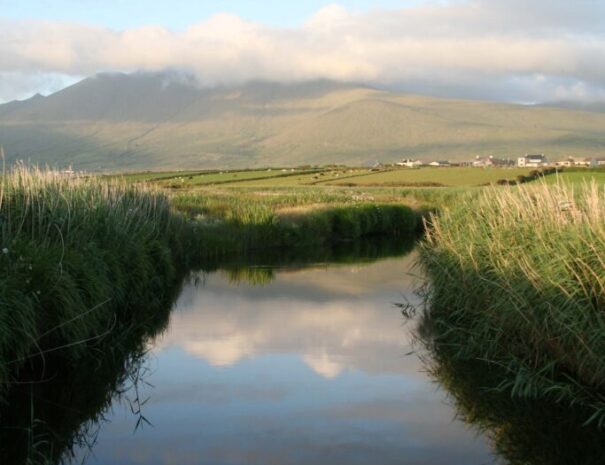
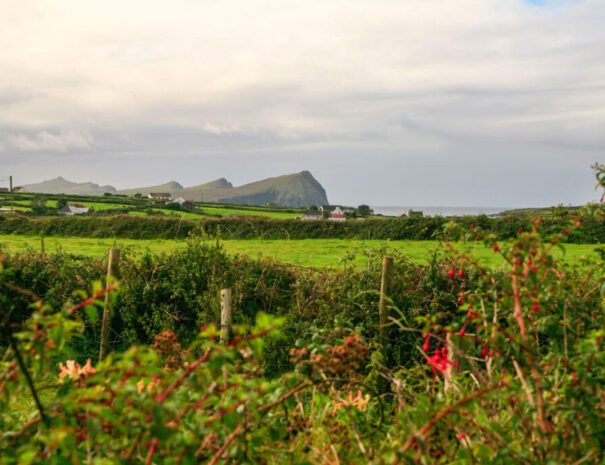
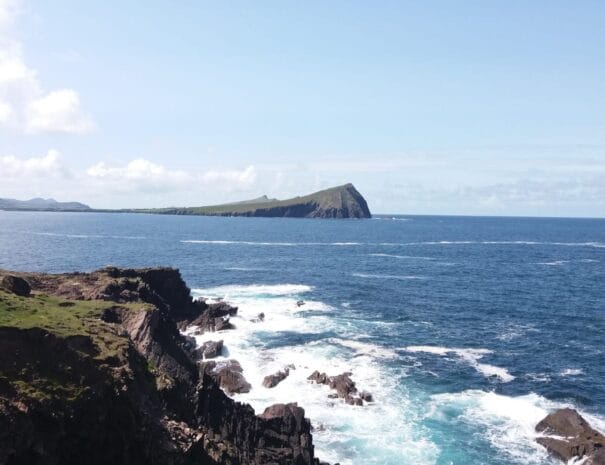
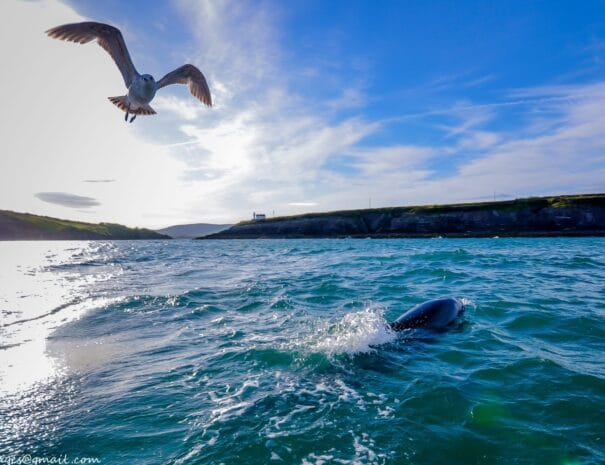
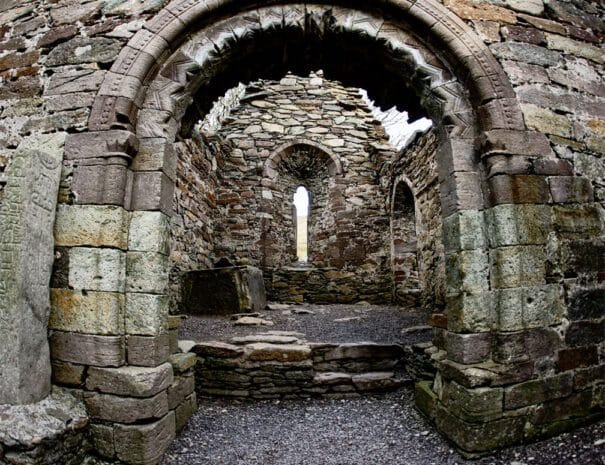
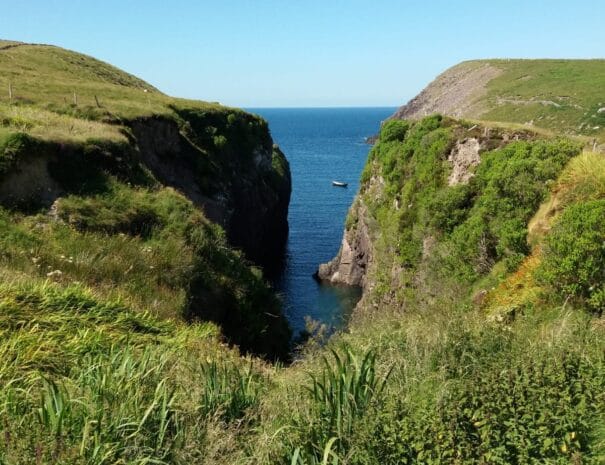
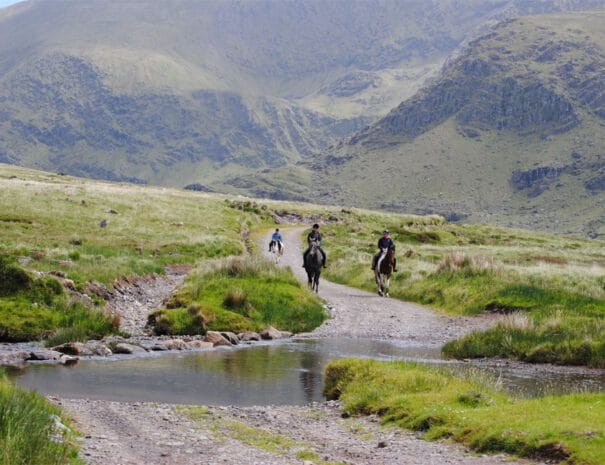
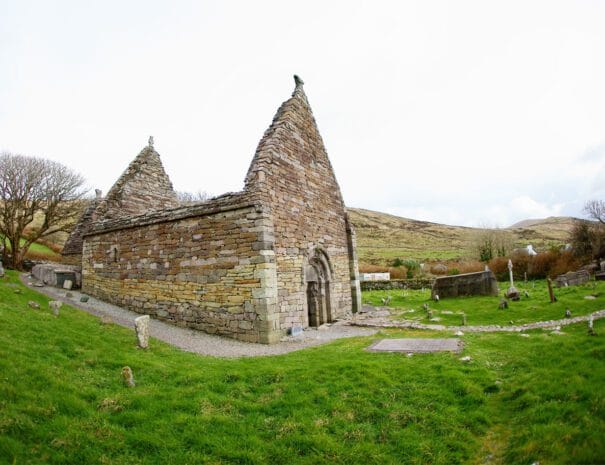
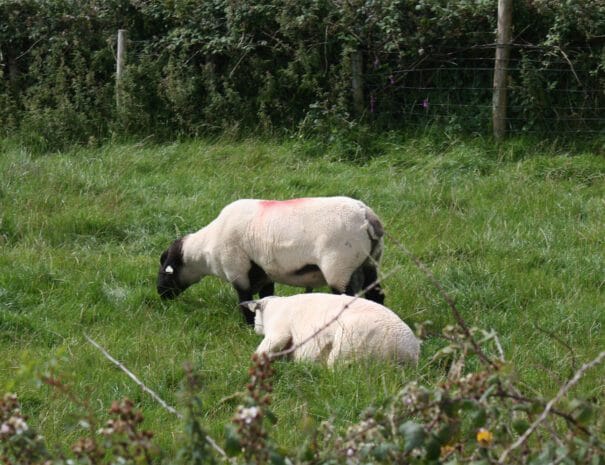
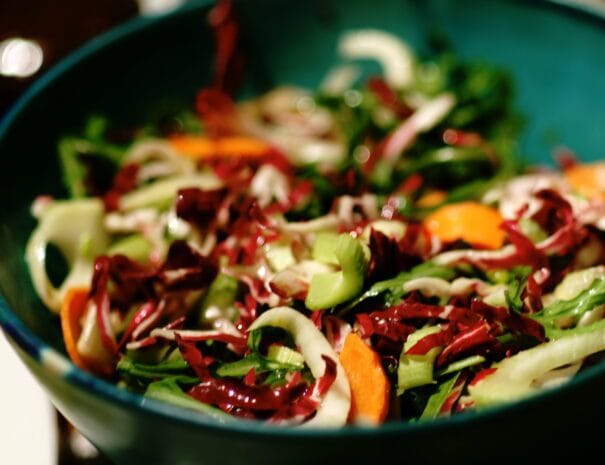
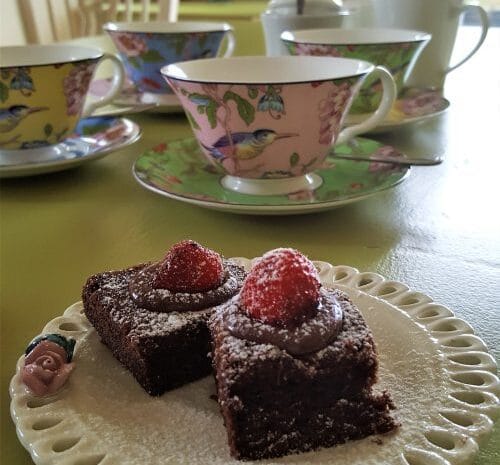
The Dingle Way is more than a hiking route — it is a sacred thread woven through time, tracing the footsteps of saints, farmers, poets, and pilgrims. Walking this trail is like reading a landscape layered with myth, memory, and meaning.
Long before the path was officially waymarked, these routes were already part of life on the Dingle Peninsula (Corca Dhuibhne). They linked Gaeltacht villages, family farms, early Christian sites, and ancient monastic settlements. People didn’t walk for pleasure — they walked to live, to trade, to pray, to pass on stories.
One of the most significant destinations was Mount Brandon, Ireland’s second-highest mountain and a sacred peak on par with Croagh Patrick. Pilgrims journeyed westward to climb its slopes in search of spiritual vision, inspired by the legendary travels of Saint Brendan the Navigator. The mountain still draws pilgrims today, especially on the feast day of St. Brendan in May.
The modern Dingle Way, or Slí Chorca Dhuibhne, was officially developed in the late 20th century as part of Ireland’s National Waymarked Trails. It was designed not only to preserve access to the wild beauty of the peninsula, but to honour its intangible heritage — language, spirituality, and deep ecological ties.
Today, the trail stretches approximately 179 km in a loop starting and ending in Tralee, passing through fishing villages, high moorlands, golden beaches, and mountain passes that feel like ancient gateways.
🕯 Gallarus Oratory – a near-perfect stone church from the early Christian era
⛪ Kilmalkedar Church – an evocative 12th-century ruin with Ogham stones and an early sun-dial
🛖 Clocháns (beehive huts) – mysterious dry-stone dwellings thought to have housed monks and hermits
🛡️ Ringforts and standing stones, echoing Ireland’s Iron Age past
🧘 Sacred wells, holy places of healing still honoured by locals
🌊 Windswept beaches like Brandon Bay, where myth and sea meet the sky
Whether you’re stepping over an Ogham-inscribed stone or gazing across misty fields toward the Atlantic, you are moving through a land that remembers.
👉 Visit the official Dingle Way site
👉 Trail maps & updates on Sport Ireland
The trail’s diversity makes it one of the most magical walking experiences in Ireland.
From seals and seabirds along the Atlantic to foxes, bees, butterflies, and wild orchids inland, the Dingle Peninsula is home to rich biodiversity. Several parts of the trail are located within Special Areas of Conservation (NPWS info here).
The stretch along the Slea Head Drive (Section 6) offers jaw-dropping seascapes. On clear days, you might spot the Blasket Islands or even Skellig Michael in the far distance.
👉 Visit the Blasket Centre
This is a trail soaked in sacredness. Highlights include:
Mount Brandon, part of an ancient Irish pilgrimage route (see more)
Reask Monastic Site and Clocháns (beehive huts), relics of monastic life
Ancient holy wells tucked into the hillsides
These sites embody the deep spiritual layers of the landscape — a connection you can feel with every step.
Spring: primroses, larks, cuckoos
Summer: fuchsia hedges, foxgloves, wild roses
Autumn: bracken turning copper, migrating birds
Winter: haunting mists and a sense of solitude
As you walk through Gaeltacht villages, you’ll hear Irish spoken and feel the heartbeat of a living tradition. Songs, poetry, and place-names connect land and language in powerful ways.
Whether you’re an experienced trekker or a curious traveller, the Dingle Way can match your pace and your passion.
Full route: 8–10 days
Most scenic sections:
Annascaul to Dún Chaoin
Feothanach to Brandon
Cloghane to Ballydavid (Section 6)
Short walk: Slea Head Loop (3–4 hrs)
Located in Ballydavid (Baile na nGall) right on Section 6 of the Dingle Way, An Riasc is a perfect stop — or base — for walkers:
Comfortable ensuite rooms with views
Hearty breakfasts using local ingredients
Peace, space, and soulful hospitality
Warm welcome to walkers (drying area, flexibility, advice)
Many of our guests choose to stay two nights or more to explore the Slea Head and Mount Brandon areas more deeply.
Walking light? Services like:
can transport your bags between accommodations so you can enjoy the trail freely.
The best months are May to September — long days, mild weather, blooming hedgerows.
Pack:
Waterproofs
Sturdy walking boots
Layered clothing (it changes quickly here!)
Midges repellent (especially June–August)
Walking the Dingle Way is not just about distance — it’s about presence. Sea winds. Raven cries. Moss underfoot. Ruins and wildflowers.
You pass not only through landscapes, but through layers of memory.
And when the day ends, and you land at a place like An Riasc, the beauty of the walk meets the comfort of home.
👉 Ready to walk the Dingle Way ? Start your journey here or contact us, we’re happy to help.
In the heart of the wild and scenic Dingle Peninsula, An Riasc Farmhouse stands not only as a luxurious self-catering accommodation but also as a living testament to a century of Irish rural life. Lovingly restored by the Begley family, this 4-bedroom farmhouse blends rustic authenticity with modern comfort. Guests find a peaceful retreat steeped in history, tradition, and the rhythms of West Kerry.
Book your Stay in the Farmhouse | Discover Our Booking & Cancellation Policy |
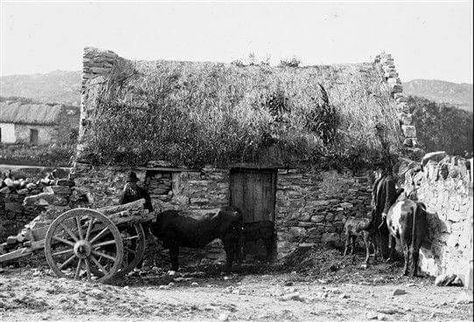
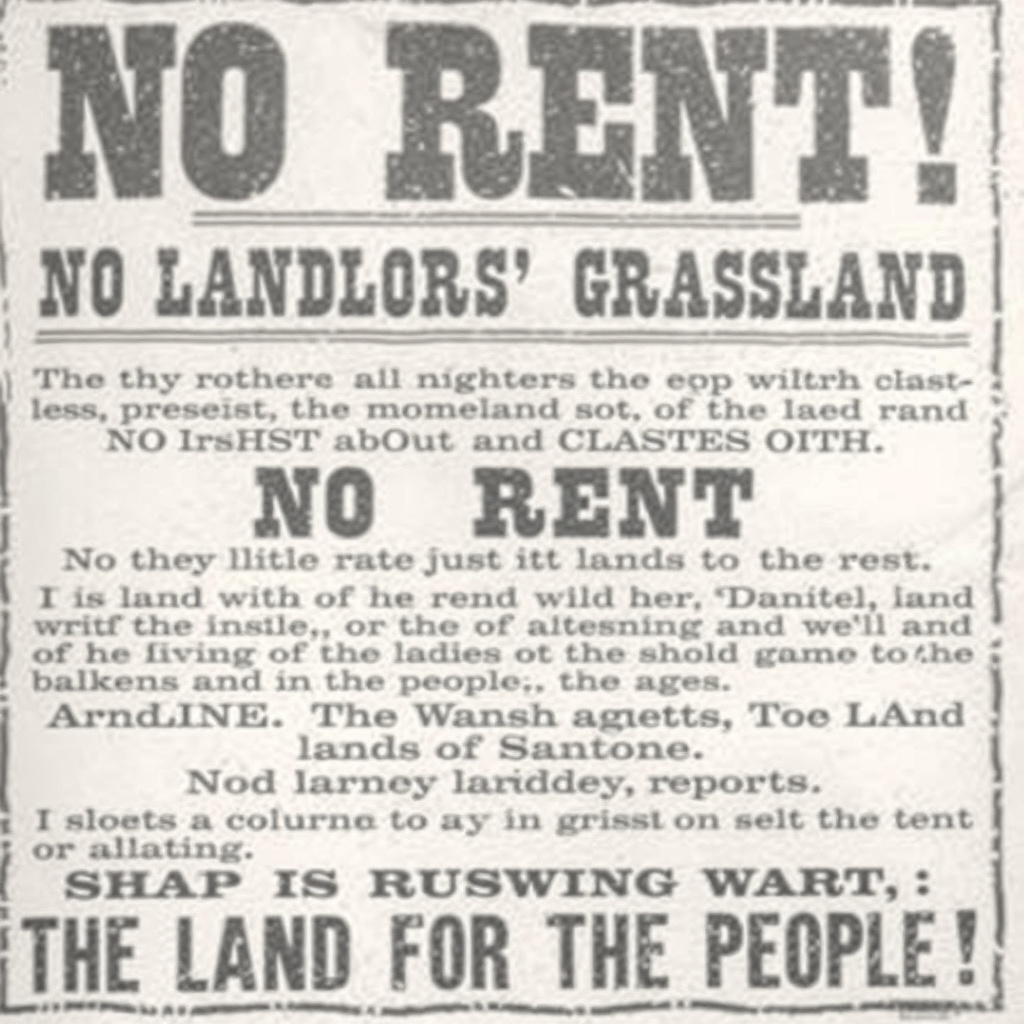
The story of An Riasc Farmhouse begins in 1922, a pivotal moment in Irish history. That year marked the foundation of the Irish Land Commission, an institution that would reshape the rural fabric of Ireland over the following several decades.
For generations, land in Ireland had been concentrated in the hands of a few landlords. Therefore, the Commission sought to correct this imbalance by redistributing land to tenant farmers. As a result, families could own the land they worked. It wasn’t just economic reform, it was a quiet revolution that brought dignity, autonomy, and stability to thousands of rural homes.
In Baile na nGall (Ballydavid), families (including the ancestors of the Begleys) received plots of 30 to 40 acres. They moved away from the old castle cluster to settle new land in Moorestown, where they built a modest bungalow. This marked the beginning of a new life rooted in ownership, self-sufficiency and deep ties to the land.
The farmhouse we see today, with its three-window upper floor and simple yet solid layout, was likely built between 1925 and 1932. By 1938, the roof was raised in a major renovation. Oral memory and the skilled eye of a local carpenter have helped confirm its evolution over time.
But this home wasn’t just a product of rural reform. Above all, it became a beacon of community life. Indeed, the farmhouse hosted joyful Bohántí gatherings. In turn, neighbours played cards, sang, and shared news by the fire, traditions deeply tied to the Irish spirit of hospitality and connection.
📘 Did you know?
The Land Commission continued operating until 1999, making it one of the longest-running state agencies in Ireland. In total, it redistributed over 13 million acres of land, impacting the lives of hundreds of thousands of Irish families. The archives of its work (now held by the National Archives of Ireland) are a goldmine for genealogical and local history research.
👉 Read more about the Irish Land Commission
👉 Explore the Land Commission archive and legacy at History Ireland
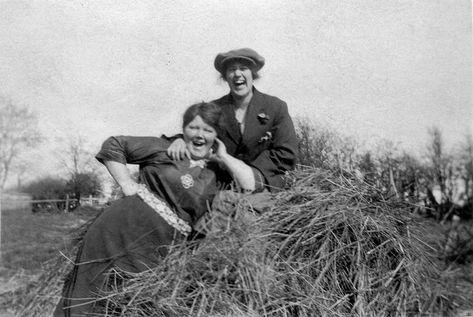
Four generations of the family lived in this home, beginning with Tom Corney, followed by his son Cornelius, then Tommy Chuinn and finally Eileen. Their legacy is more than genealogical, it’s one of warmth, music, livestock, and storytelling. The family raised pigs and chickens, sometimes even bringing newborn animals indoors on cold nights. Black polish marked the piglets after their teeth were removed, and red lamps glowed to keep chicks warm in the back kitchen.
The farmhouse wasn’t just a home, it was a vibrant hub of rural life, welcoming neighbours and relatives, especially during festive seasons. These memories are part of what gives the restored home its unique soul today.
The current owners, Diarmuid (Tommy Chuinn’s son and Eileen’s brother) and his wife Denise, have lovingly preserved the essence of the original farmhouse while making it a luxurious base for today’s travelers. Key elements of the past, like the exposed stone walls in the dining area and antique stained-glass doors in the bathrooms, have been kept intact
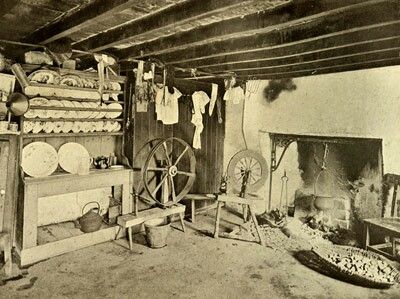
Modern amenities now blend seamlessly with the structure’s historical charm, offering guests comfort, light, and a sense of peace. Surrounded by fields and views of Mount Brandon, it’s a perfect spot for families, friends, and walkers on the Dingle Way.
The farmhouse is more than a place to stay, it mirrors the broader story of Ireland’s evolution from agrarian society to modern tourism. The shift from communal farming to individual plots, the migration to and from the United States, and the return to rebuild, all are part of this home’s DNA.
In restoring the farmhouse and sharing it with visitors, the Begleys honour a century of Irish heritage. Guests don’t just rent a house, they step into a living story of resilience, hospitality, and transformation.
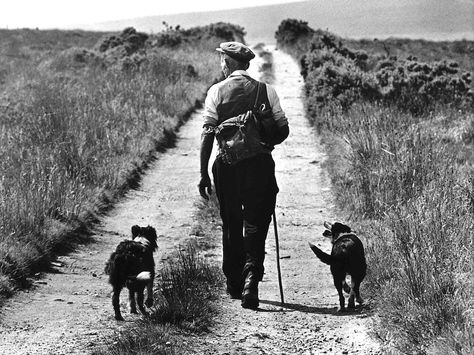
Rates from €300/night, An Riasc Farmhouse is a beautifully restored self-catering accommodation in Dingle that sleeps up to 7 guests. Nestled in peaceful countryside near stunning Beaches and walks, the Slea Head Drive, and Dingle Town, it offers the perfect base to explore the wild beauty of West Kerry.
✔️ Perfect for family holidays & hiking trips ✔️ Long stays welcome ✔️ Final cleaning always included
Walking the Dingle Way: Nature, Culture, and Soul on Ireland’s Most Magical Trail The Dingle Way is one of Ireland’s...
The Story of An Riasc Farmhouse A Traditional Farmhouse, Lovingly Reimagined In the heart of the wild and scenic Dingle...
What to See in Dingle in 3 Days Planning a trip to Ireland and wondering what to do in Dingle...
Planning a trip to Ireland and wondering what to do in Dingle in 3 days ? Whether you’re coming for a weekend escape or beginning a longer Irish adventure, this guide is crafted by locals to help you make the most of your time. From coastal drives to traditional pubs and sacred sites, here’s everything you need to see, taste, and experience in and around Dingle Town and Ballydavid.

















Explore Dingle’s colourful town centre, meet local artists, and enjoy seafood and traditional Irish music.
Start your Irish adventure by arriving via Tralee or Killarney, two scenic routes that offer beautiful views of County Kerry’s hills and coastline. As you descend into Dingle town, you’ll feel the landscape shift: stone walls, sheep-dotted fields, and the smell of sea air.
Begin your day slowly with a coffee at the locally loved Bean in Dingle, followed by a walk along the Dingle Harbour. It’s the perfect way to stretch your legs after the journey and take in the fishing boats, seagulls, and calm waters.
Looking for authentic souvenirs from Dingle? Spend the afternoon exploring Dingle’s colourful streets and artisan boutiques, where every piece tells a story.
Recommended stops:
🧊 Dingle Crystal – Hand-cut crystal crafted by master artisan Sean Daly, known for Celtic-inspired engravings.
🧶 Fiadh Handwoven Design – Beautiful, sustainable fashion pieces made with traditional techniques.
🖼️ Greenlane Gallery – Showcasing local artists and photographers who capture the wild spirit of the peninsula.
🥃 Dingle Distillery – Book a guided whiskey tour with tasting (pre-booking recommended).
🐠 Dingle Oceanworld Aquarium – A great indoor option, especially for families or rainy days.
Tip: Tip: These shops support local craftspeople and are perfect if you’re looking for unique gifts Déanta in Éirinn (Made in Ireland).
After a full afternoon of walking and browsing, treat yourself to some of the best seafood in Dingle. We recommend:
🍽️ Out of the Blue – A no-frills, ultra-fresh seafood-only restaurant (menu changes daily).
🐟 The Fish Box – Family-run and beloved by locals, with great portions and casual atmosphere.
Round off the evening with a traditional Irish music session (often free!) at:
Where to stay near Dingle? An Riasc B&B and Farmhouse in Ballydavid offers peaceful nights, local tips, and taxi service.
Take in the wild Atlantic coast, explore ancient ruins, and end your day with sunset and seafood in Ballydavid.
If you’re wondering what to do around Dingle with a car, Slea Head Drive is an absolute must. It’s one of Ireland’s most scenic routes, with rugged cliffs, turquoise coves, and archaeological gems around every bend.
To do it right, rent a car because public transport won’t take you to these remote treasures.
Top stops on the loop:
🛡️ Dunbeg Fort – Iron Age stone fortress perched above the Atlantic.
🛖 Beehive Huts (clocháns) – Ancient dry-stone huts used by early monks and farmers.
🏖️ Coumeenole Beach – Wild, dramatic, and famously featured in Ryan’s Daughter.
📸 Dunquin Pier – Possibly Ireland’s most photographed pier, curving steeply into the sea.
🏝️ Blasket Centre – Discover the history, language, and legacy of the Blasket Islanders through exhibits and films.
Tip: Start early to avoid tour buses and enjoy softer light for photography.
Refuel at a local café with spectacular views:
☕ Caifé na Trá – Friendly staff, generous portions, and local seafood specials.
🍰 Blasket Centre Café – Great for soup, sandwiches, and a second look at the cliffs below.
Most places offer indoor and outdoor seating depending on the weather.
After the drive, explore West Kerry’s spiritual side, just inland from Ballyferriter.
Unmissable sacred sites:
🧱 Gallarus Oratory – An early Christian chapel shaped like an upturned boat, perfectly intact after centuries.
🪨 Kilmalkedar Church – A medieval ruin with ogham stones, sundials, and a sense of quiet reverence.
✝️ Reask Monastic Site – Simple, open, and mystical. Often overlooked, but deeply atmospheric.
All three usually peaceful, and great for slow, mindful exploration.
Staying at An Riasc? You can walk through nearby fields at sunset and return for dinner at local pubs.
Return to the Ballydavid area, where An Riasc B&B and Farmhouse is nestled between the hills and the sea.
Where to eat and unwind:
Staying at An Riasc B&B and Farmhouse ? Ask your hosts for walking routes to the pier or shortcuts through the fields. It’s part of the magic.
Walk the wild beaches of Brandon Bay, shop for local crafts, and enjoy one last taste of Dingle before heading home.
If you’re looking for a peaceful way to start your final day in Dingle, head north from Ballydavid to Brandon Bay, one of the longest beaches in Ireland.
🐚 Brandon Bay – Ideal for a gentle morning walk, beachcombing, or simply listening to the waves. Popular with surfers and peaceful even in summer.
🏞️ Mount Brandon – For more adventurous travellers, hike part of this sacred mountain. The trail offers panoramic views over the peninsula and holds spiritual significance in Celtic and Christian tradition.
Staying at An Riasc? You won’t need to worry about lunch. Your hosts can prepare a homemade picnic so you can make the most of your morning exploring Mount Brandon without having to stop.
Before leaving the Dingle Peninsula, take time to support local artisans and bring home meaningful keepsakes:
📚 The Dingle Bookshop – A charming independent store with Irish authors, travel guides, and children’s books.
💍 Brian de Staic Jewellery – World-renowned for handcrafted Celtic pieces and ogham engravings (Ireland’s ancient alphabet).
👜 Holden Leather Goods – A hidden gem located in Baile an Fheirtéaraigh, offering luxurious handmade bags, belts, and wallets.
All of these shops make perfect stops for thoughtful souvenirs that go beyond the typical tourist trinkets.
Wrap up your Dingle journey with two local rituals:
🍨 Murphy’s Ice Cream – Don’t miss this famous shop’s inventive Irish flavours like sea salt, brown bread, or Dingle gin. Made with local milk and no artificial ingredients.
🌊 Benners Quay – Take one last stroll by the harbour, soaking in the salty air and colourful boats before heading back inland.
Leaving Dingle isn’t easy, but you’ll carry the taste, the music, and the stillness of West Kerry with you.
Where to stay near Dingle with sea views?
An Riasc B&B and Farmhouse in Ballydavid offers traditional Irish hospitality, ocean breezes, and easy access to all major sights.
How many days do you need in Dingle?
Three days is perfect for seeing Dingle Town, driving Slea Head, hiking, and enjoying local music.
Do I need a car in Dingle?
Yes, for maximum freedom. Bus 275 from Tralee reaches Dingle town, but a car lets you explore sacred sites and hidden beaches.
What is the best time of year to visit Dingle?
Spring and early autumn are ideal: fewer crowds, mild weather, and active cultural events.
Dress in layers: Weather changes quickly
Rent a car: Especially for Slea Head and Mount Brandon
Ask locals: People love to share recommendations
Use our local Dingle guide to plan your activities
Walking the Dingle Way: Nature, Culture, and Soul on Ireland’s Most Magical Trail The Dingle Way is one...
The Story of An Riasc Farmhouse A Traditional Farmhouse, Lovingly Reimagined In the heart of the wild and...
What to See in Dingle in 3 Days Planning a trip to Ireland and wondering what to do...